All right, ok, I know, another gear post, but wait there’s a good reason! (not)
My Makina 670 has been under repair with Plaubel Germany for quite a while now and I’m not sure I’ll be able to get it back before long, so there’s that…
Also quite unfortunately for the wallet: as I was strolling around photo gear boutiques, mainly to look for darkroom supplies, I stumbled upon this rare piece: a Fuji GW670III in perfect condition, like new as they say, in this case the saying could not be more adequate.
Look its frame counter: it is at 5! Which translates into 50 shutter actuations! Indeed a roll of 120 film gives 10 frames in this format.
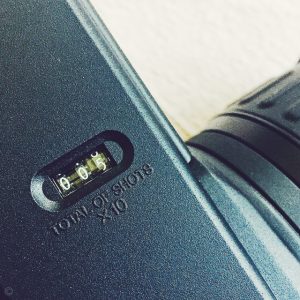
For those who don’t know this Medium Format wonder from Fuji it is one of the rare cameras that allows you to check directly how much terrain it has travelled, shutter actuation-wise that is. The counter sits on the sole of the camera body near the tripod mount hole, it counts the rolls that have gone through it, not each shutter actuation per se.
These cameras are quite common in the 6×9 format they’re called GW690 (with the same lens), they’re much less common in the 6×7 format let alone in this version III pristine condition. The camera came with the box and all its content as if brand new. Apparently the owner won it from some contest and never used it apart from from these 5 rolls …
These cameras trade easily in the second hand market due to their ruggedness, lens quality (although not Fuji’s best), relatively affordable price, and frame counter which makes for an easy shutter history check. Also the 90mm focal length is rather normal (not long nor wide) plus the maximum aperture of F/3.5 makes it quite versatile for this format.
Now, on the flipside, they’re very noisy cameras, the leaf shutter, an known silent design, must have had in this case an agricultural release mecanism design treatment, because it produces the loudest shutter sound I’ve experienced to this day (and yes I’ve crossed path with Hasselblad and Mamiya SLRs).
The other point gathering critics is the rangefinder patch, percieved to be too small. Given the camera dinosauresque dimensions you’d indeed expect a bigger rangefinder patch. A good point though is the well sized breathing space between the frame lines and viewfinder window frame.
Its round shape increases this feeling whereas most rangefinder patches are of square or rectangular shape. Also the smaller it is precieved to be, the dimmer it appears to be, and you have here all the bad publicity this camera line gets.
Regarding frame lines, yes they’re cut, but a point (white dot above lens cap in picture below) allows for a good corner reference.
Also know as the Texas Leica, due its bigger than life size, although not heavy one might find it a bit bulky to lug around all day. And this is where the Makina 670 claims back its dominant position for a 6×7 Medium Format travel camera.
To all these issues I say the following: having previously owned a Fuji GW690II I know very well what I’m talking about. First, a range finder is a camera mainly designed to be zone focused, second this camera was designed for the landscape photographer, and in that respect it is very well suited to the task.
It can be used for reportage work or the like, but in that case its main drawback is not the range finder patch, but the way the shutter speeds (white numbers in the picture below) have to be adjusted. As for the aperture (yellow numbers in the picture below) it all takes place on the lens barrel near the lens hood (see picture below), so it’s not the best design for rapid adjustments. As with everything it takes practice and I’m sure some are able to change their shutter speeds on the fly in the blink of and eye.
Regarding pure portrait work (not including the surrounding environment), well, my opinion is done on this one: range finders are not photographic portrait tools, in that I mean they’re not the best tool for this job, SLR/TLR are made for that.
Unless as Dean Winters you can turn dead centered composed portaits into a branch of your signature style…
Now what can I say? yes this is a range finder intended for landscape work, yes the lens creeps in the viewfinder lower right corner, and yes its closest focusing distance is 1 meter.
But this baby can be put to work in so many situations, even not ideal ones (from the top of my head a certain A. Leibovitz used it during the war in Sarajevo for reportage work because it could work without batteries…), its lens makes it a unique tool, and its vertical framing handling is pleasure due to a very cleverly placed second shutter trigger.
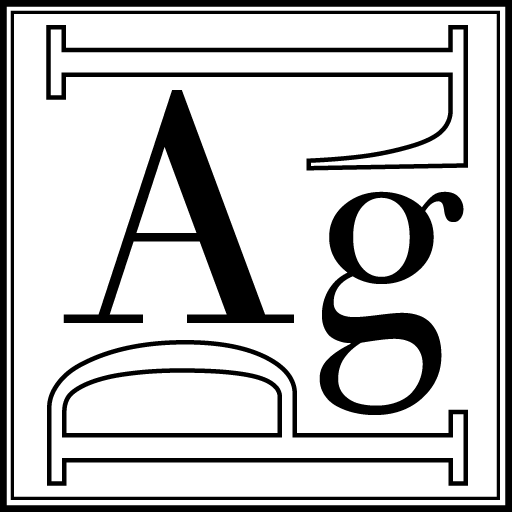
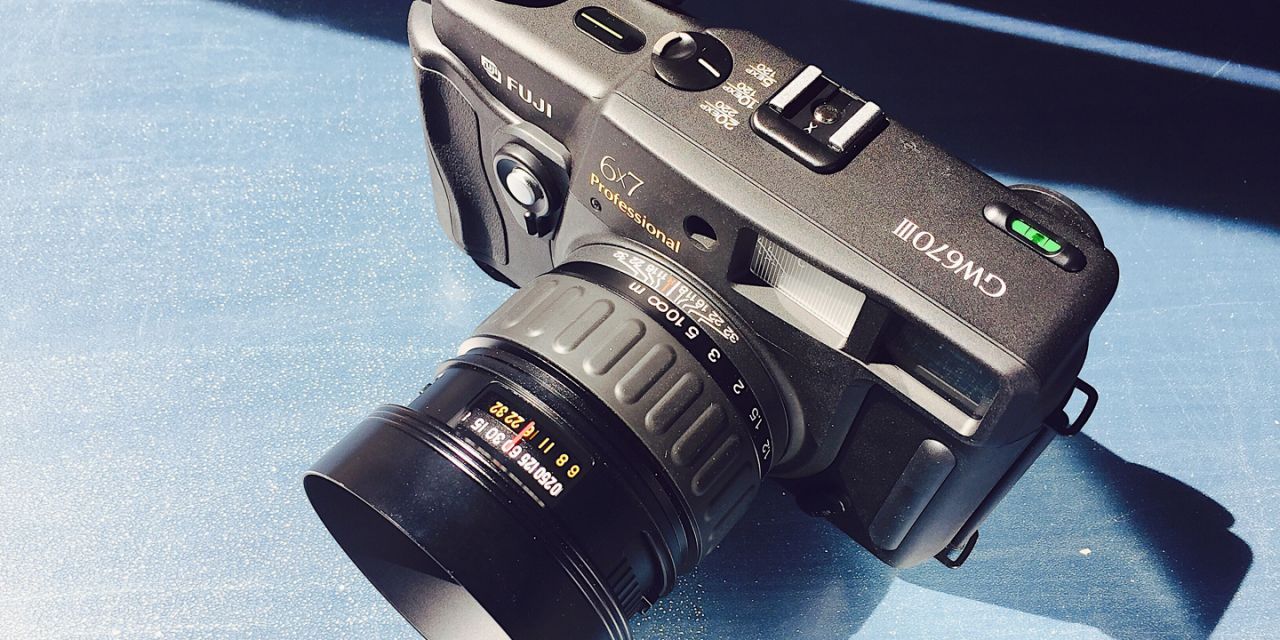
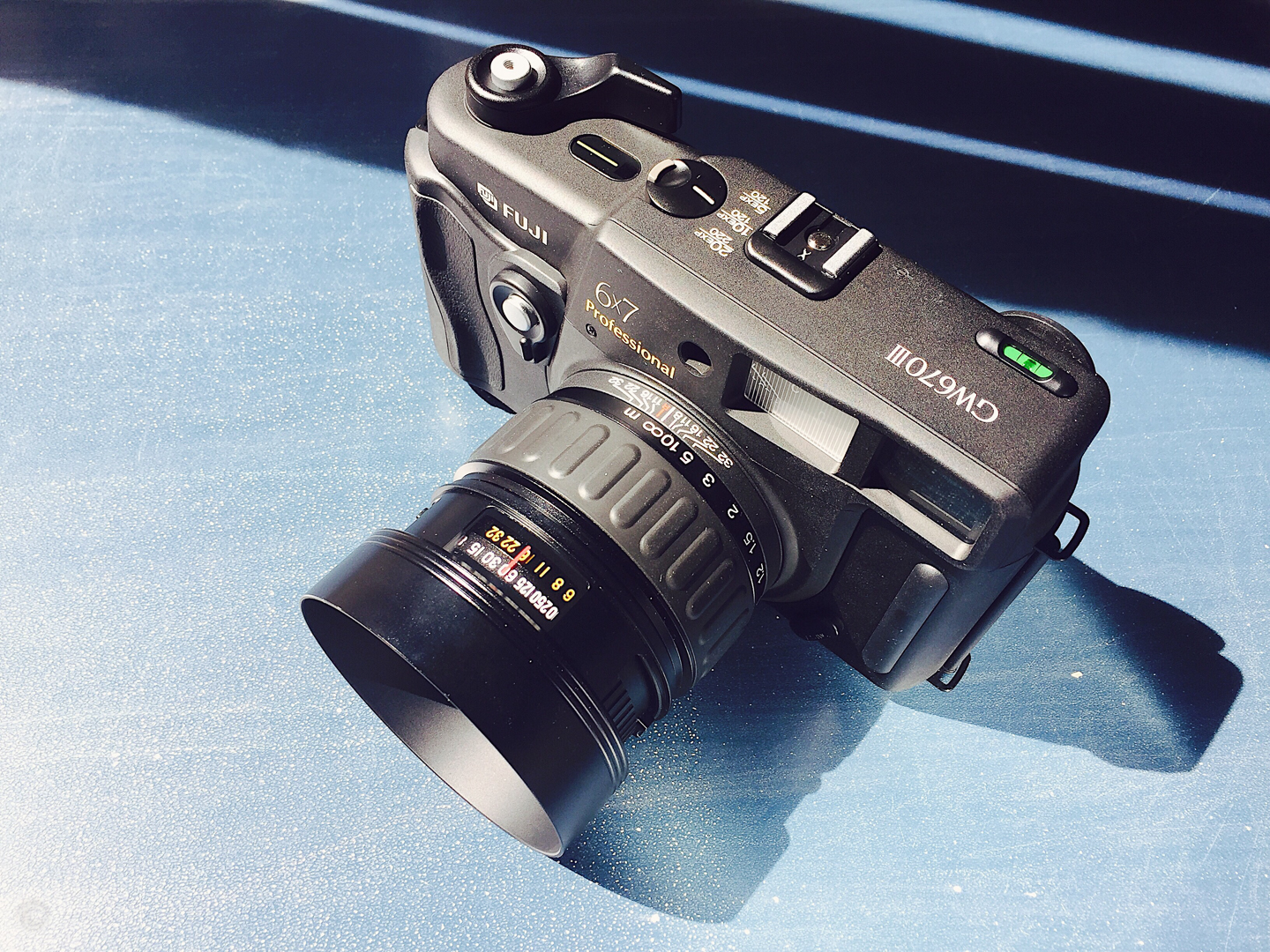
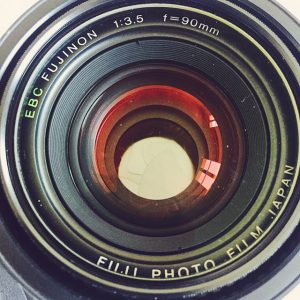
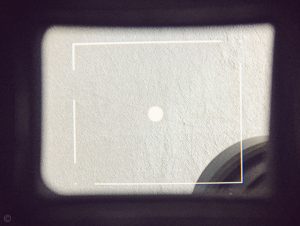
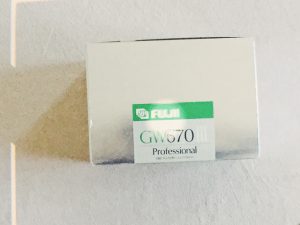
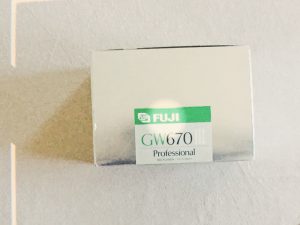
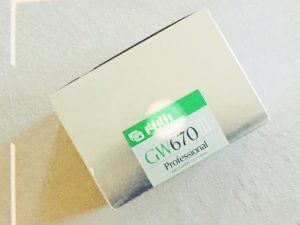
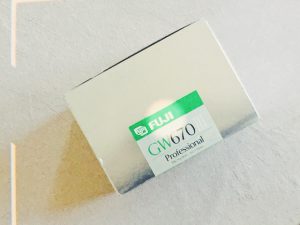
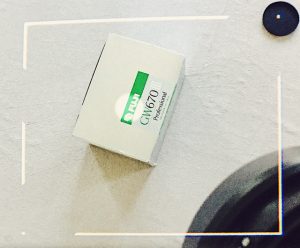
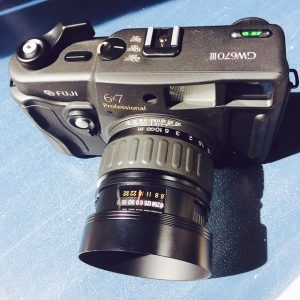

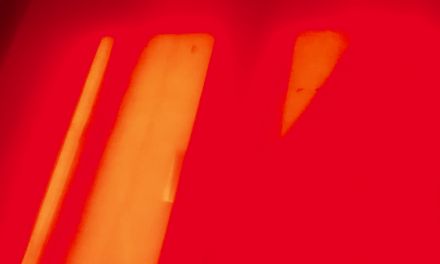
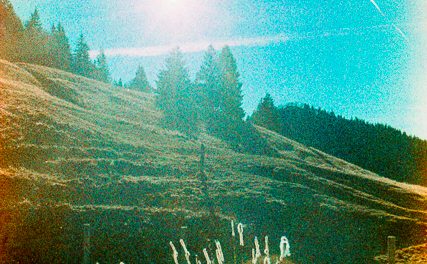


So, did you keep it? I have the 690III but am also interested in the 6×7 format, but my RZ67 is a bit big and the Makina/Mamiya 7 are now big money.
Hi Calvin!
Yes I did! These are rarer beasts than the 690!! Very much worth it if you can source a nice one!
I owned one of these for years in the 1990s, and when I was able to put it to work, it made sublime negatives for landscape work, but you are right: I was never able to integrate it into my news and sports workflow. I sold it to a college kid in 2002, and occasionally miss it.